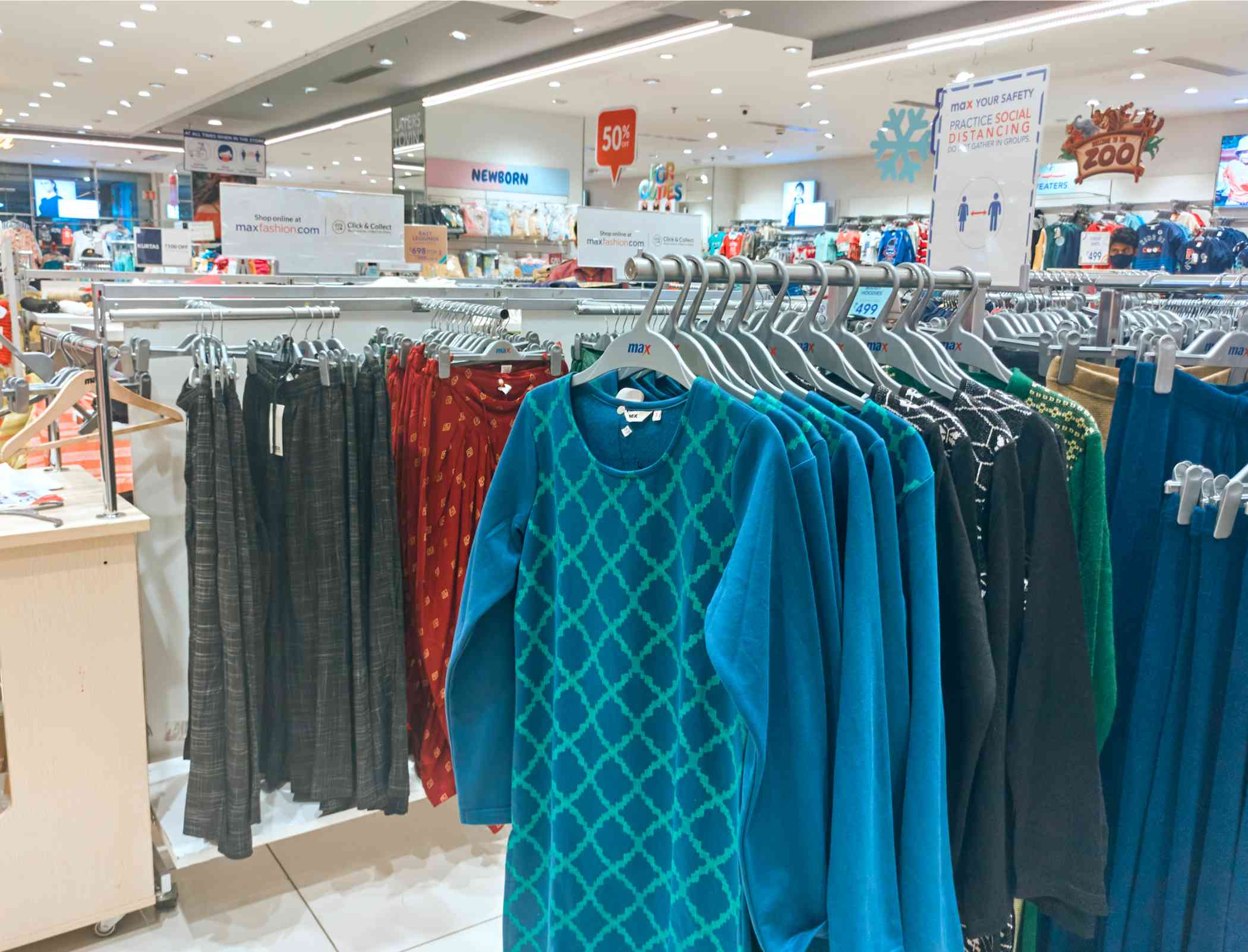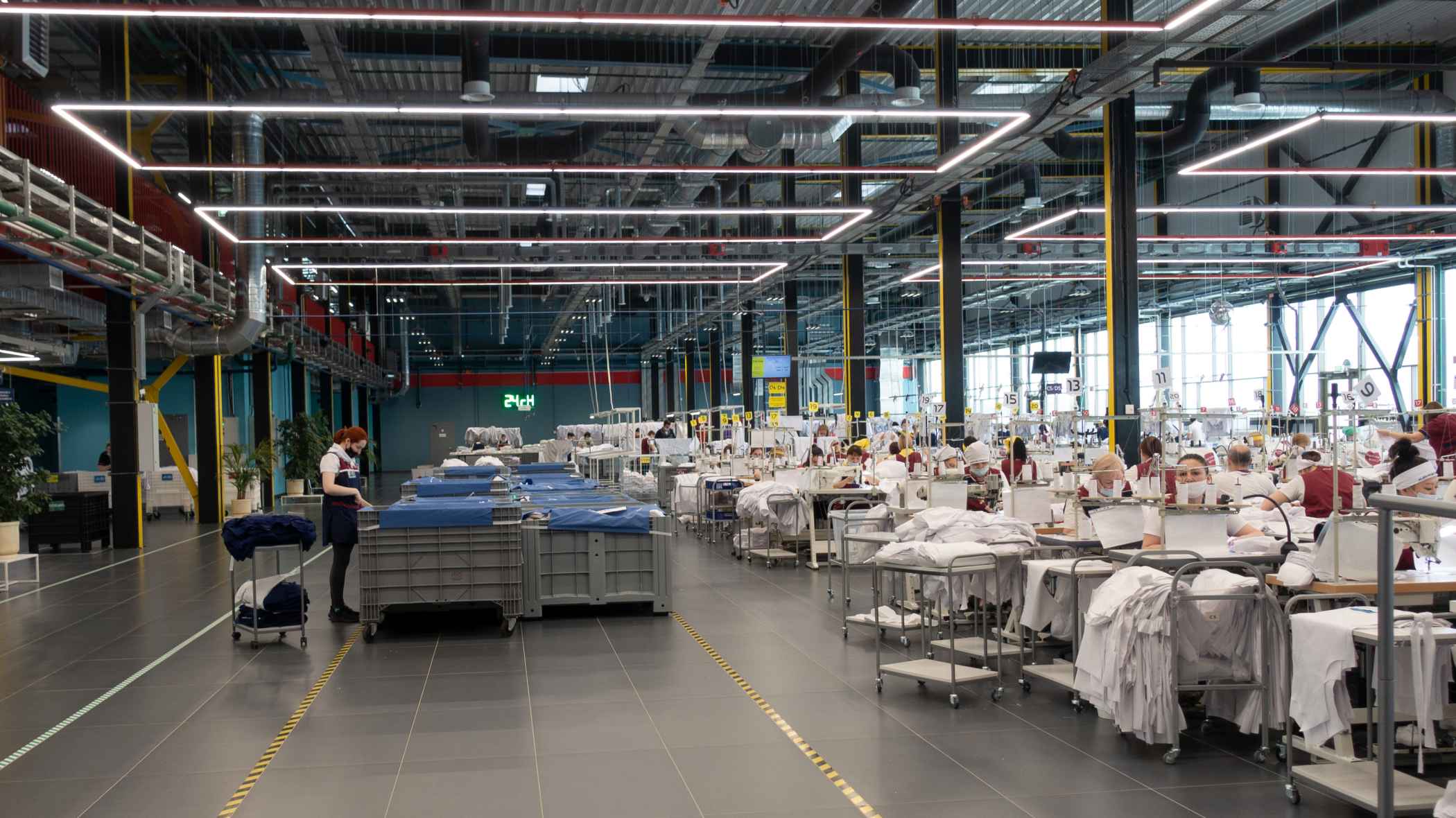Supply Chain Management: A Game Changer in Apparel Production



Summary
There are many aspects of sourcing and supply chain management in the fashion world with overlapping steps and processes interlinked with one another. Therefore, it is very crucial to streamline the whole process for smooth functioning. Brands need to focus on speed and flexibility while eliminating redundant processes and activities, and opening clear and direct communication channels. Fashinza, in conversation with Mr Ravindra, Sourcing Head of Proline Fila, talks about the nuances of sourcing and the growth of activewear in India. Let’s dwell on the insightful suggestions for revamping sourcing in the fashion industry.
The gaps that need bridging in an apparel supply chain
Listed below are the critical areas in an industry where trends change like quicksilver but the process of sourcing remains slow and tedious. Here is what can be done to get on top of the trends.
Visibility
The biggest gap in the apparel supply chain is visibility. One cannot exactly compare it to the issue of transparency. A supply chain has varied processes, “some are mission-oriented, and some are men-oriented”. Challenges are evident in both kinds of processes. And, technology can aid in addressing visibility issues at the early stages. Technology can also improve the traceability and visibility of the process, and in turn, improve decision-making and efficiency within an organization.
Information Flow
Another drawback is that there is a big gap in information flow and many decisions are made pertaining to the supply chain without adequate information or the information available may not be optimal in nature. So, technology can help address this issue of the availability of timely and reliable information. Decisions can be made more efficiently leading to quick turnaround times.
Streamlining the process
Streamlining the process also becomes difficult as more and more people get involved in the supply chain process. But with the correct use of technology, such processes can become better and smoother. Technology also helps in waste reduction and reworks, which are major pitfalls in the supply chain.
Phasing out competition among brands
Competition comes bundled with every fashion business in the market. The strengthening of eCommerce and online payments has made survival at early stages very difficult for the labels foraying into this segment. They have to be inventive and bring value to their supply chain to phase out the competition without having to compromise their bottom lines. Thinking Ahead: Thinking ahead and preparing beforehand requires backup plans. A company has to pick its core areas of focus in terms of colors, fabrics, designs, adoption of elements, and technology for a roadmap. Value: The value that a brand offers to a customer can help in getting ahead of other brands in the industry. This could be cost, range, unique styling, sourcing and front-end logistics.
Digital Media and Changing Choice of Customers
Trend visibility is the in-thing with the growth of digital and social media. Now, customers are adopting trends from other countries and brands are going global with their approaches as well. The kind of in-house processes a brand sets up, based on what they are offering to the end customer, plays a vital role in moving forward with the trends. Many brands like Proline are not entirely focusing on fashion but are more oriented towards the value they bring to the end customer. The value comes with the consumer perception of the usage, quality, and cost. There are brands using some elements of fast fashion in their regular offerings to the customers but not necessarily chasing the trends. For instance, men's silhouettes are being used by women, for anti-fit, boxy-fit clothing trends. Such trends can be easily adopted by manufacturers who aren't majorly focusing on becoming a fast fashion brand.
The growth of activewear in India
The activewear segment in India is growing. And, how!
More health-conscious consumers
Post Covid-19, activewear consumption has increased. With the athleisure category of activewear, more and more people are coming to adopt a fit lifestyle and choosing such apparel and clothing.
Better supply environment
When one looks at the aspect of consumption, many crucial factors like technology and supply chain management have helped fuel growth. India was earlier dependent on imports for natural cotton and cotton blends. But as the demand has increased, home-based supply opportunities are available, catering to the demand. Therefore, the number of brands manufacturing activewear has also gone up.
To Sum Up
Apparel sourcing in current times still faces a lot of challenges including demand volatility, rising costs, and more. Due to many disruptions faced by the supply chain, the top priority for many brands has now become speedy and more flexible sourcing. Brands are now adopting technology for better sourcing models and to reduce costs and redundancy in their sourcing operations. When talking about activewear fashion in India, customers have now become health-conscious. Due to the rising interest of people, and more sourcing options, leisurewear as a comfortable and easygoing clothing option, has seen a major expansion. If you are looking for trusted suppliers and manufacturers to build your sports or activewear brand, Fashinza can help you. Fashinza caters to all your fashion branding needs. Visit Fashinza now!
Key Takeaways
Visibility, streamlining of processes, and information flow are some major challenges faced in sourcing that can be combated with technological advancements.
The way to phase out the competition in the fashion industry is to offer greater value to the customers.
The way to phase out the competition in the fashion industry is to offer greater value to the customers.The growth of activewear in India can be attributed to the more health-conscious choice made by consumers now.



















